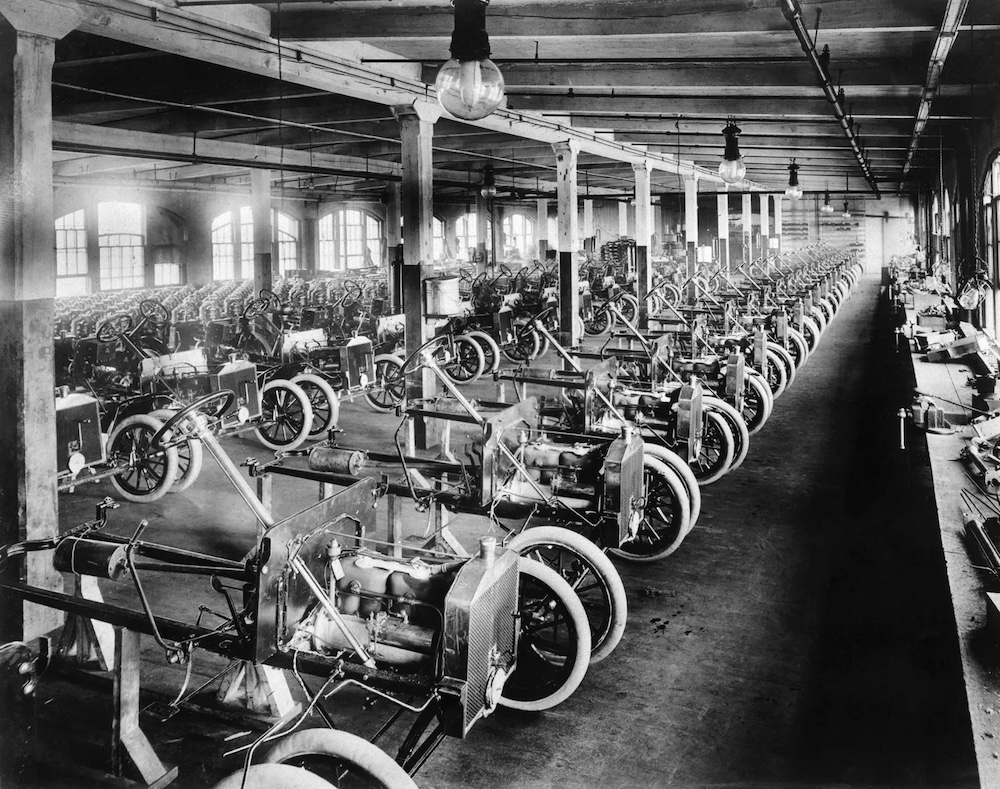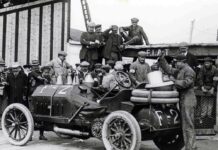It is the birthplace of the Model T, arguably the most significant automobile ever produced. Henry Ford himself dreamed, created, and tinkered inside these walls, perfecting the car that put America on wheels. In a city filled with automotive history and notable transportation-related buildings, Detroit’s Ford Piquette Avenue Plant might be the most noteworthy.

One-hundred and twenty years after the long and narrow structure was built in 1904, the Piquette Plant not only lives, it thrives—in an amazing state of preservation—for enthusiasts to enjoy. Located a few blocks east of Detroit’s Woodward Avenue, the plant is now a museum operated by a non-profit organization. It is the world’s oldest purpose-built car factory open to the public.



“This is where Detroit’s origin story as The Motor City begins,” says Jill Woodward, President & Chief Operating Officer of the museum, “right here in our Milwaukee Junction neighborhood, where Ford, Dodge, Cadillac, Detroit Electric, and dozens of other automakers and auto suppliers were all operating.”
As the non-profit Model-T Automotive Heritage Complex, Inc. celebrates the factory’s 120th birthday, it has received a $500,000 Infrastructure and Capacity Building Challenge Grant from the National Endowment for the Humanities (NEH). This federal grant will match one dollar for every three dollars raised by the museum in support of “crucial infrastructure projects and increased accessibility for the many thousands of visitors who tour the historic structure each year.”

The Piquette Plant will use the NEH grant and donations from the public to address an estimated $10 million in capital needs, including wiring, plumbing, heating and cooling, fire suppression, and its century-old elevator.
“Our greatest artifact is the building itself,” Woodward says. “Visitors from all over the world are amazed to experience the history of this place with its original patina intact.”

Henry Ford hired legendary architect Albert Kahn to build the wood-and-brick Piquette Plant, which is 56 feet wide and 400 feet long, in 1904 to provide maximum light and air for his workers. Four years later, the first Model T rolled out of the plant. Only the initial 12,000 of the more than 15 million Model Ts assembled between 1908 and ’27 were produced there. In 1910, Ford moved production three miles north to a larger facility, the enormous Highland Park factory, and sold the Piquette Plant to Studebaker, which was expanding its own factory located next door.
(Today, the adjoining former Studebaker Plant is getting a new life as Piquette Flats, a residential complex.)


The Ford Piquette Avenue Plant was dedicated as a MotorCities National Heritage Area site in 1996, included on the list of U.S. National Register of Historic Places in 2002, named a Michigan State Historic Site in 2003, deemed a U.S. Historic District Contributing Property in 2004, and declared a U.S. National Historic Landmark in 2006.
The Ford Piquette Avenue Plant is home to more than 65 rare automobiles, as well as photographs, film, exhibits, and original artifacts that tell the story of Ford, the Model T, and other significant early motor vehicles built in Detroit. Matching donations to support the “Preserving the Legend” fund at the Ford Piquette Avenue Plant Museum can be made online at www.fordpiquetteplant.org. For more information, contact info@piquetteplant.org or call (313) 872-8759.
Report by Jeff Peek for hagerty.com










